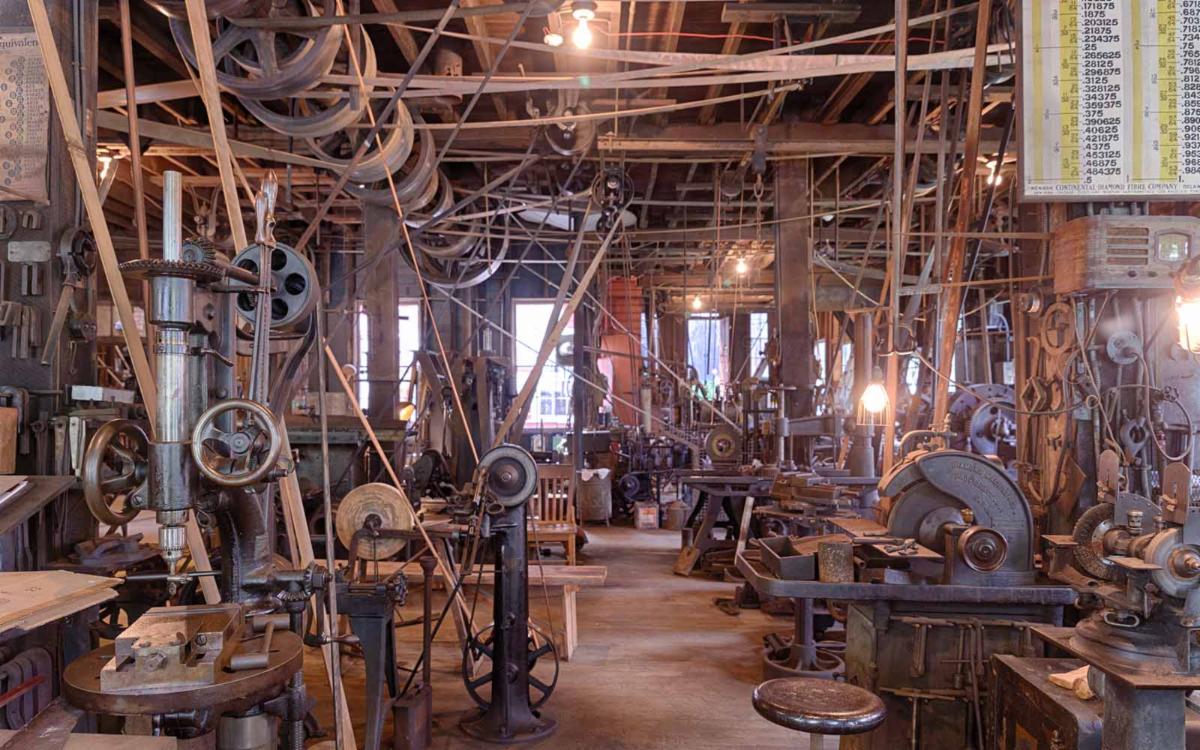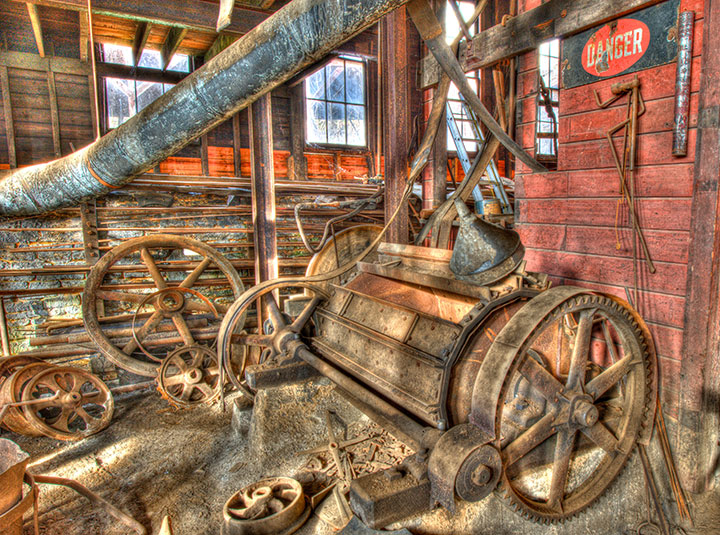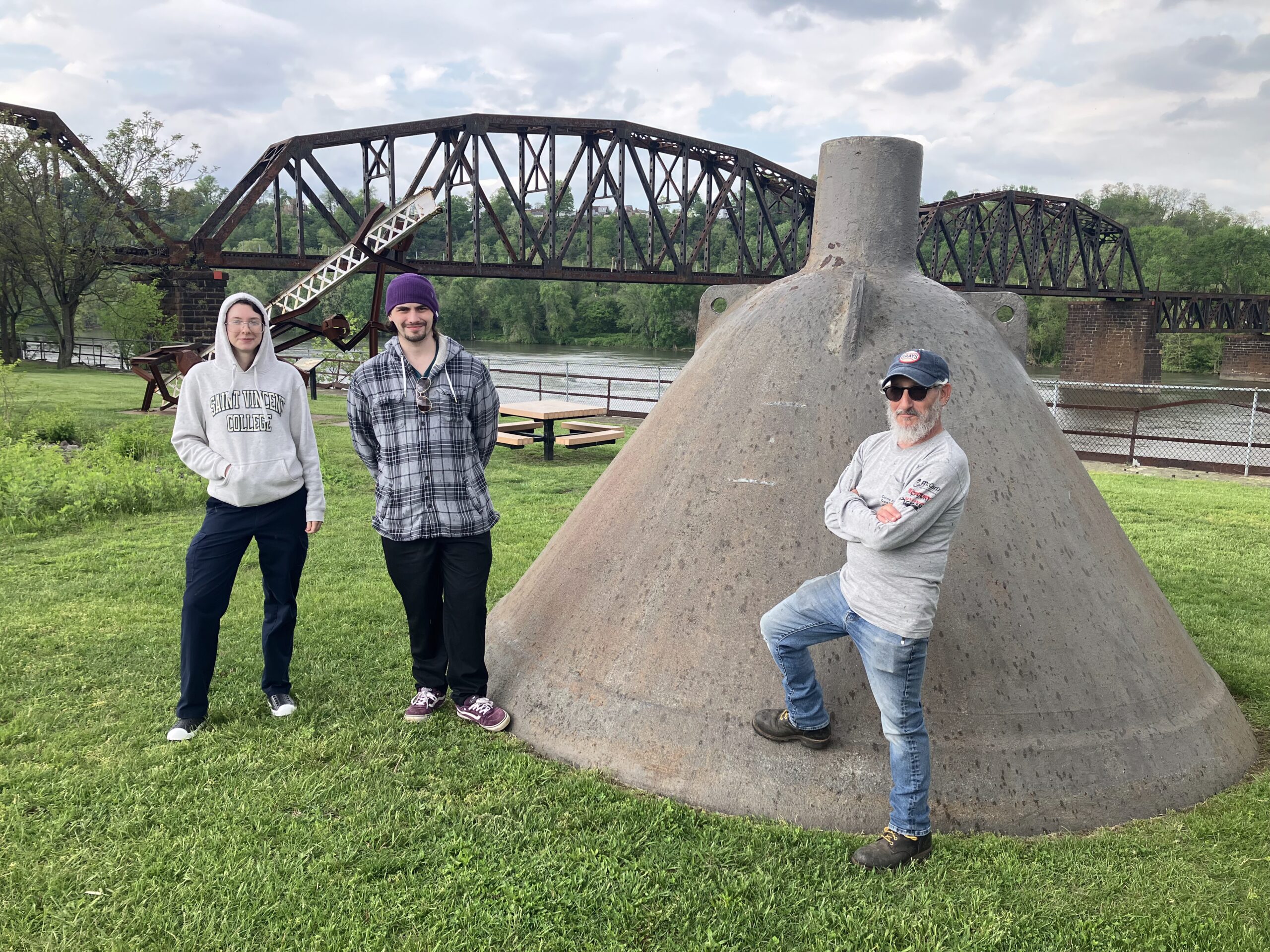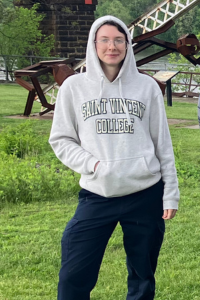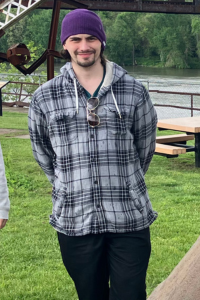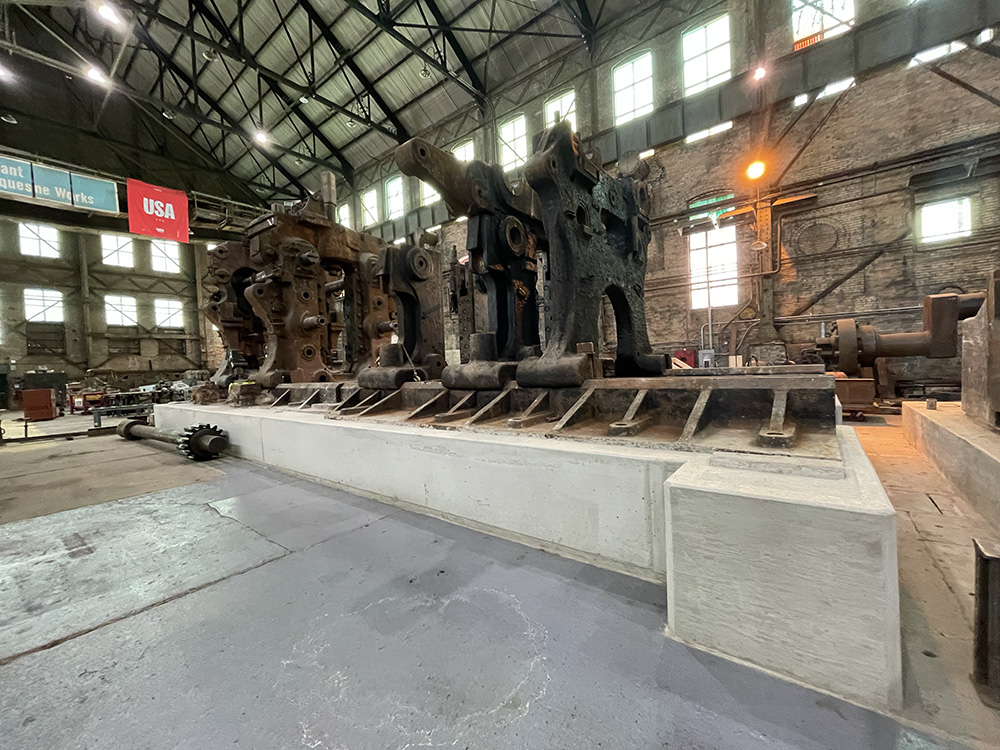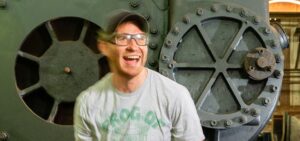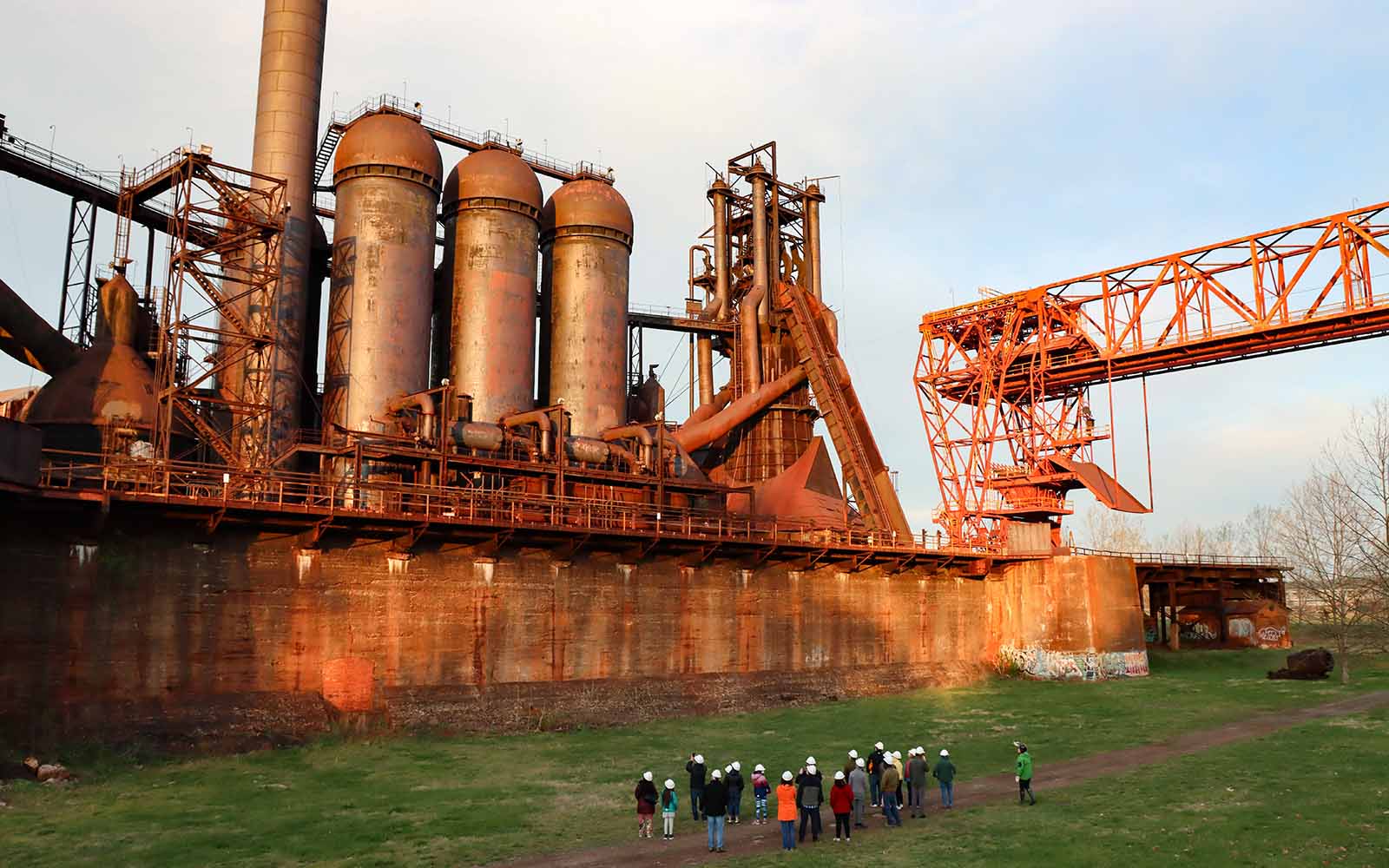
At Rivers of Steel, metal arts workshops forge connections. Connections to history, to craft, and to the people who continue to shape the Mon Valley through skill and creativity.
Inside the AC Powerhouse at the Carrie Blast Furnaces, sparks still fly: not from industrial production, but from creativity and learning.
Demand Is Growing

Over the past several years, participation in Rivers of Steel’s Metal Arts workshops has more than doubled. Blacksmithing, bladesmithing, and metal intensives consistently fill, drawing learners from across the region and beyond. This growth reflects a broader hunger for hands-on learning: skills that engage the body and mind, and experiences that feel grounded and real.
A Place You Can’t Replicate
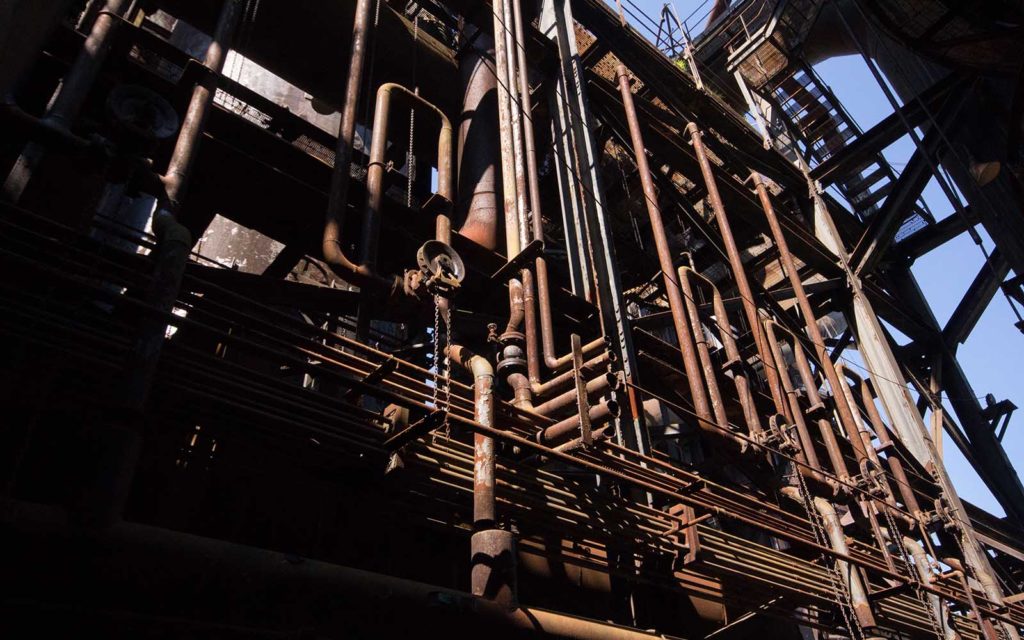
There are few places in the country where students can learn metal arts inside a preserved industrial site of this scale. Carrie isn’t just a backdrop, it’s a teacher. The same structures that once powered American industry now host a new generation discovering what they can create with fire, metal, and patience.
Investing in the Next Generation

Each spring, the Intercollegiate Iron Pour brings college students from across the country to Carrie for an immersive experience that blends experimentation, collaboration, and history. It’s loud. It’s hot. It’s unforgettable. And for many students, it’s a turning point.
How Support Turns Sparks into Sustainability

Metal arts programs require space, safety, equipment, skilled instructors, and ongoing maintenance of historic facilities. Donor support directly increases capacity, allowing Rivers of Steel to offer more workshops, welcome more learners, and sustain a living tradition. When you give to Rivers of Steel, you’re helping ensure that craft, creativity, and historic places remain active and accessible.
This giving season, help us meet our $25,000 goal and keep the fire burning.




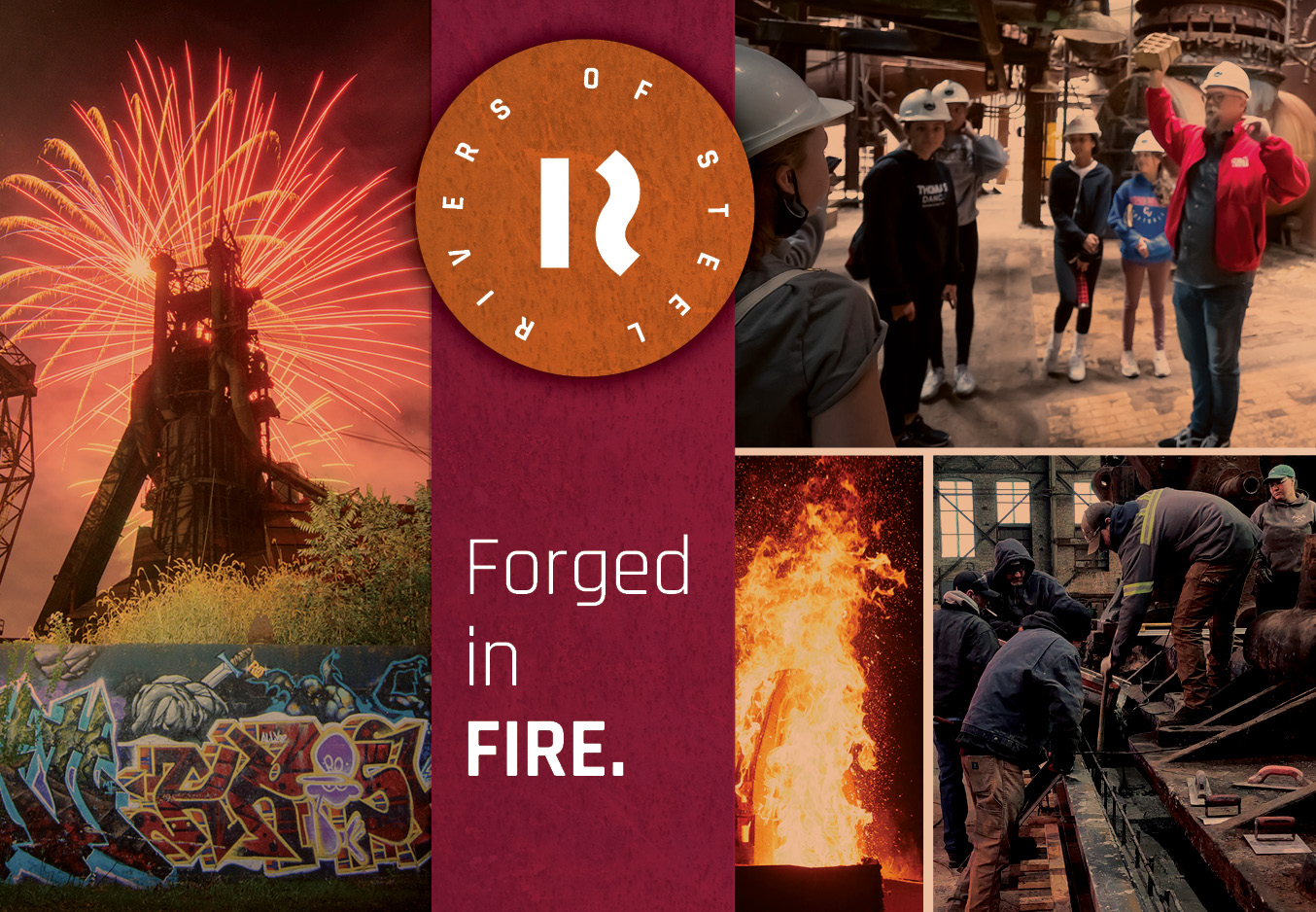
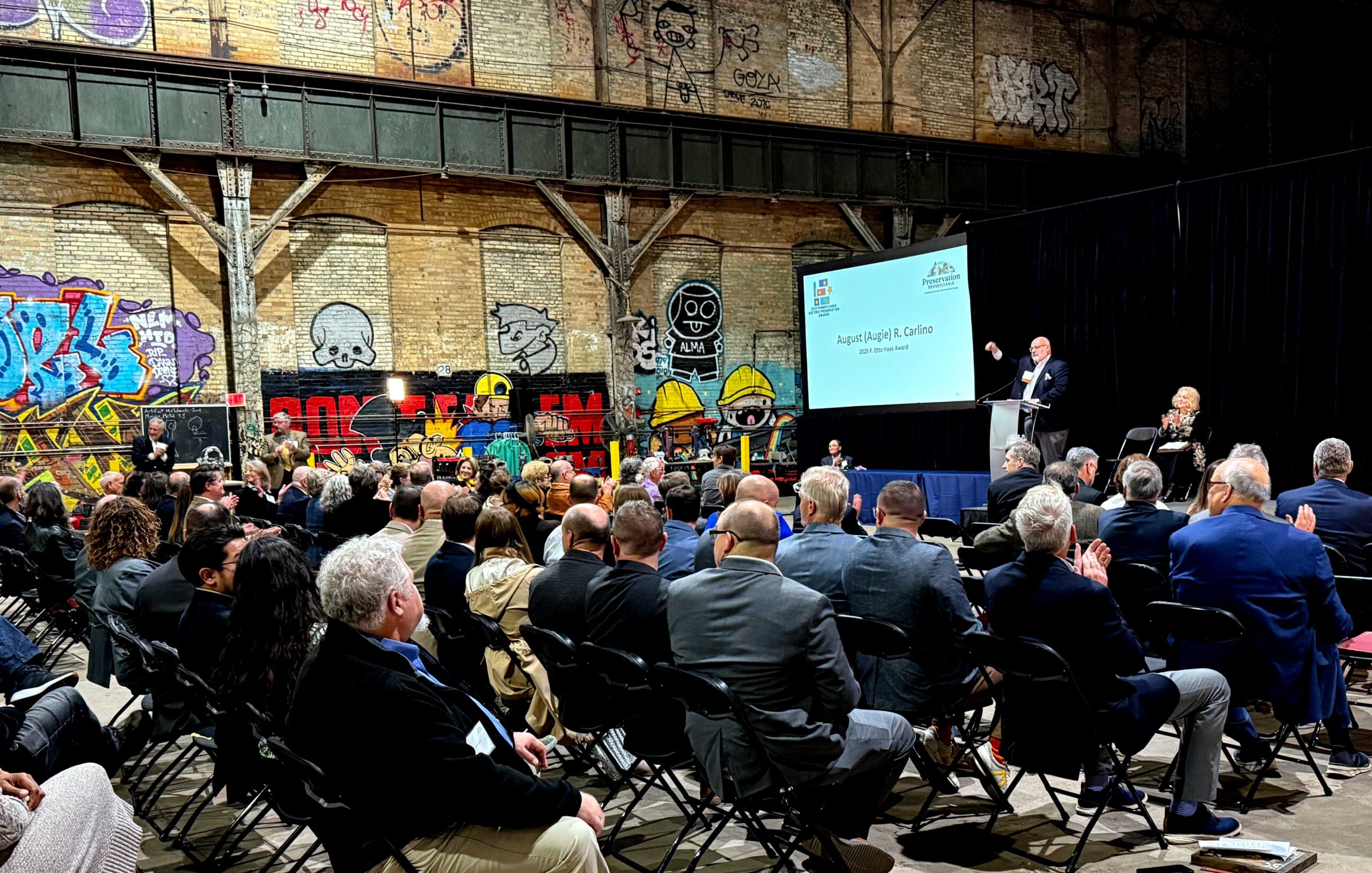
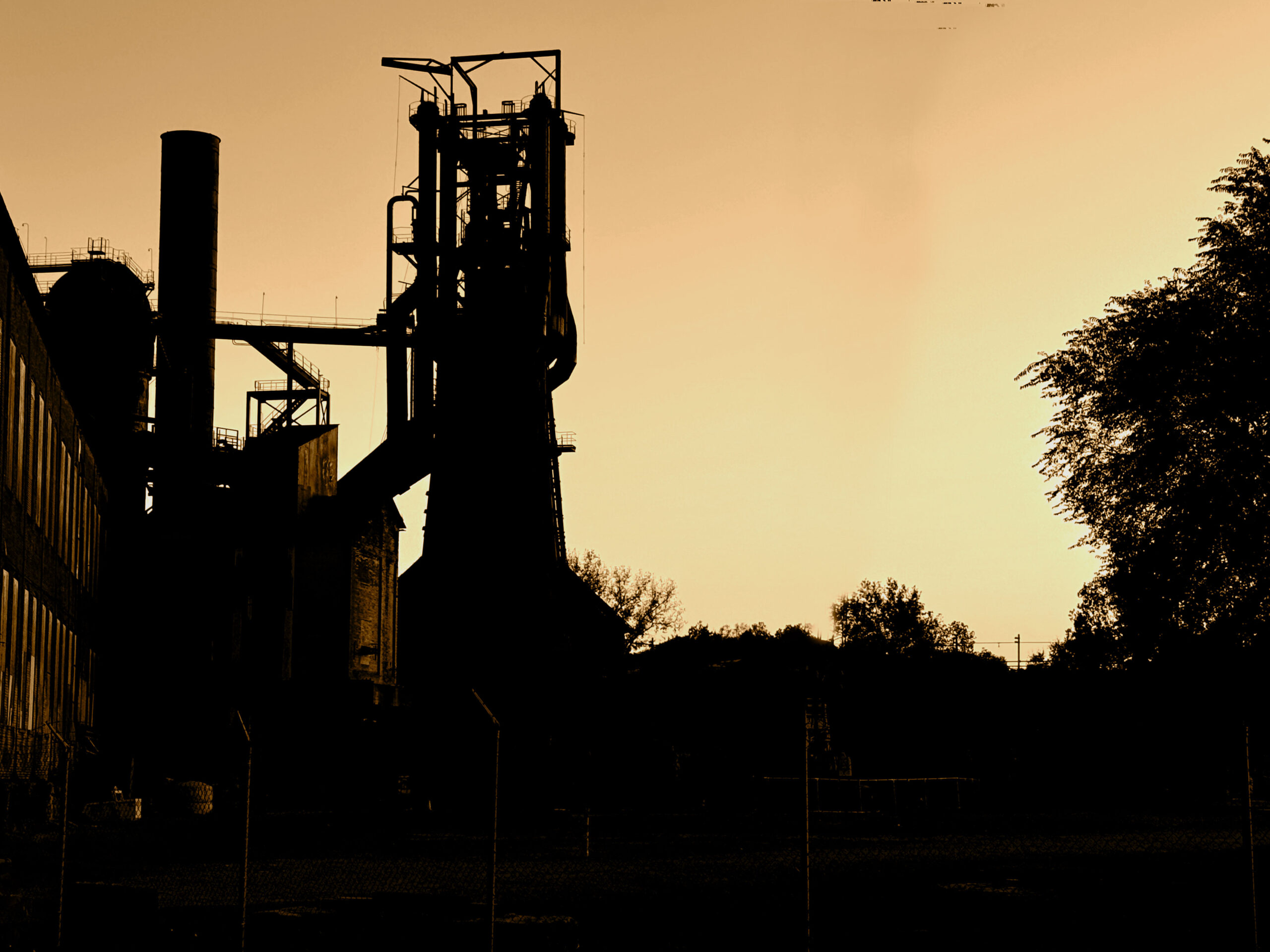
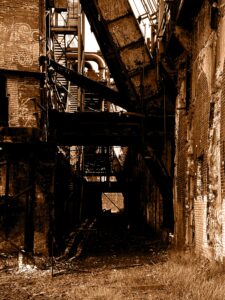
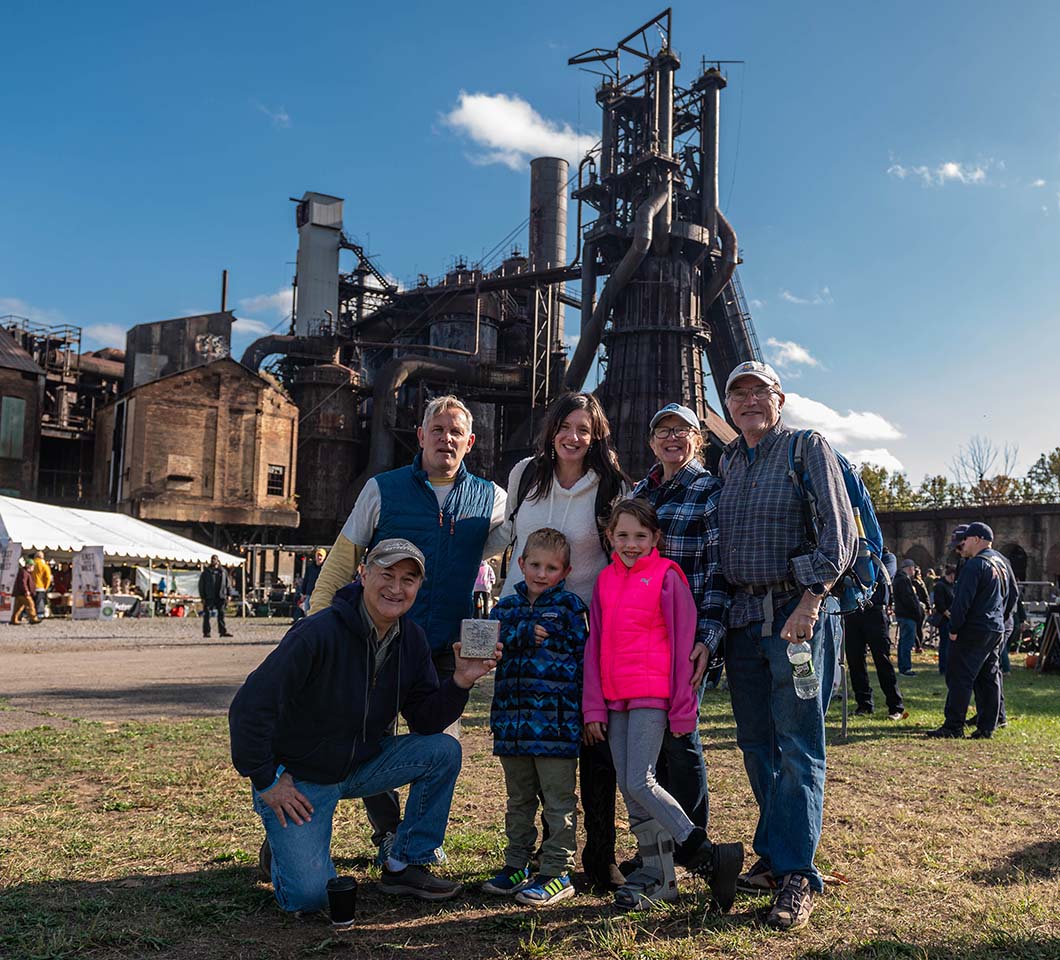
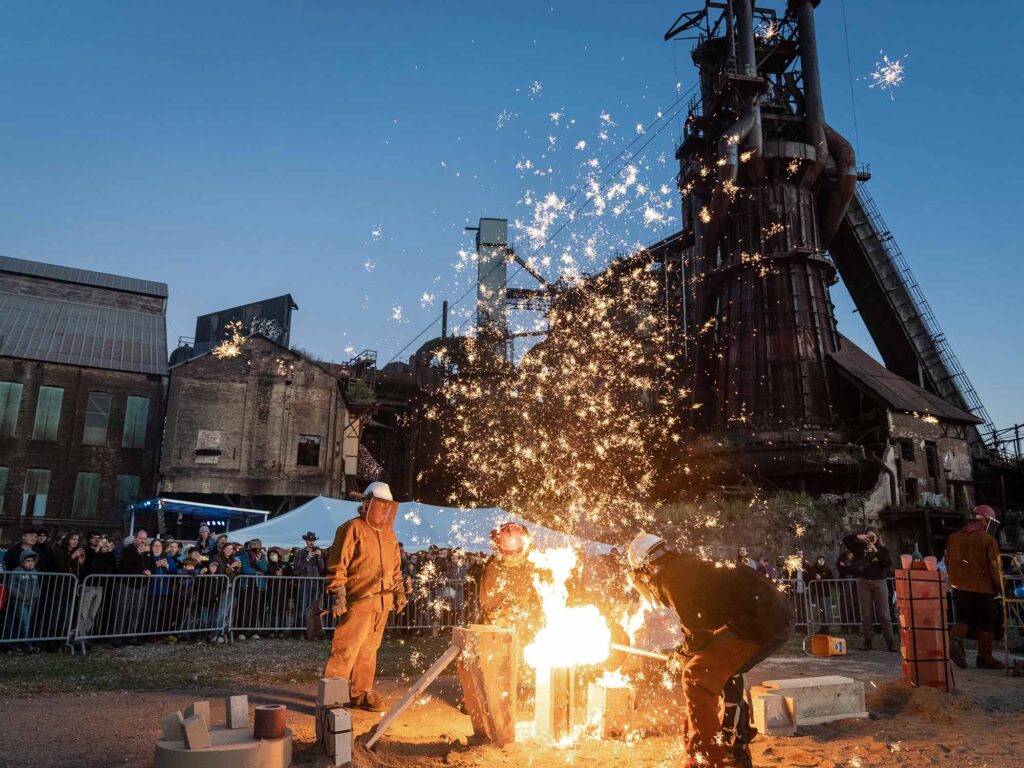

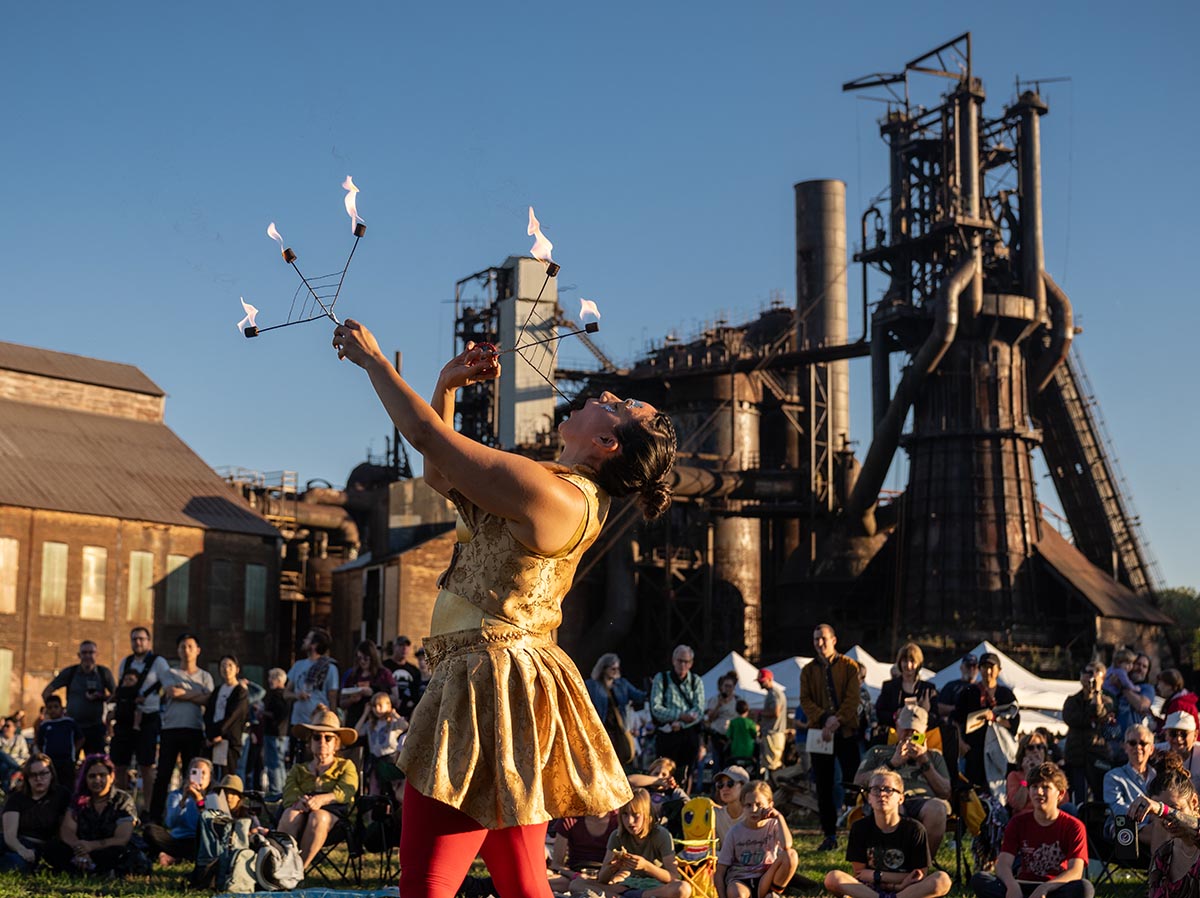
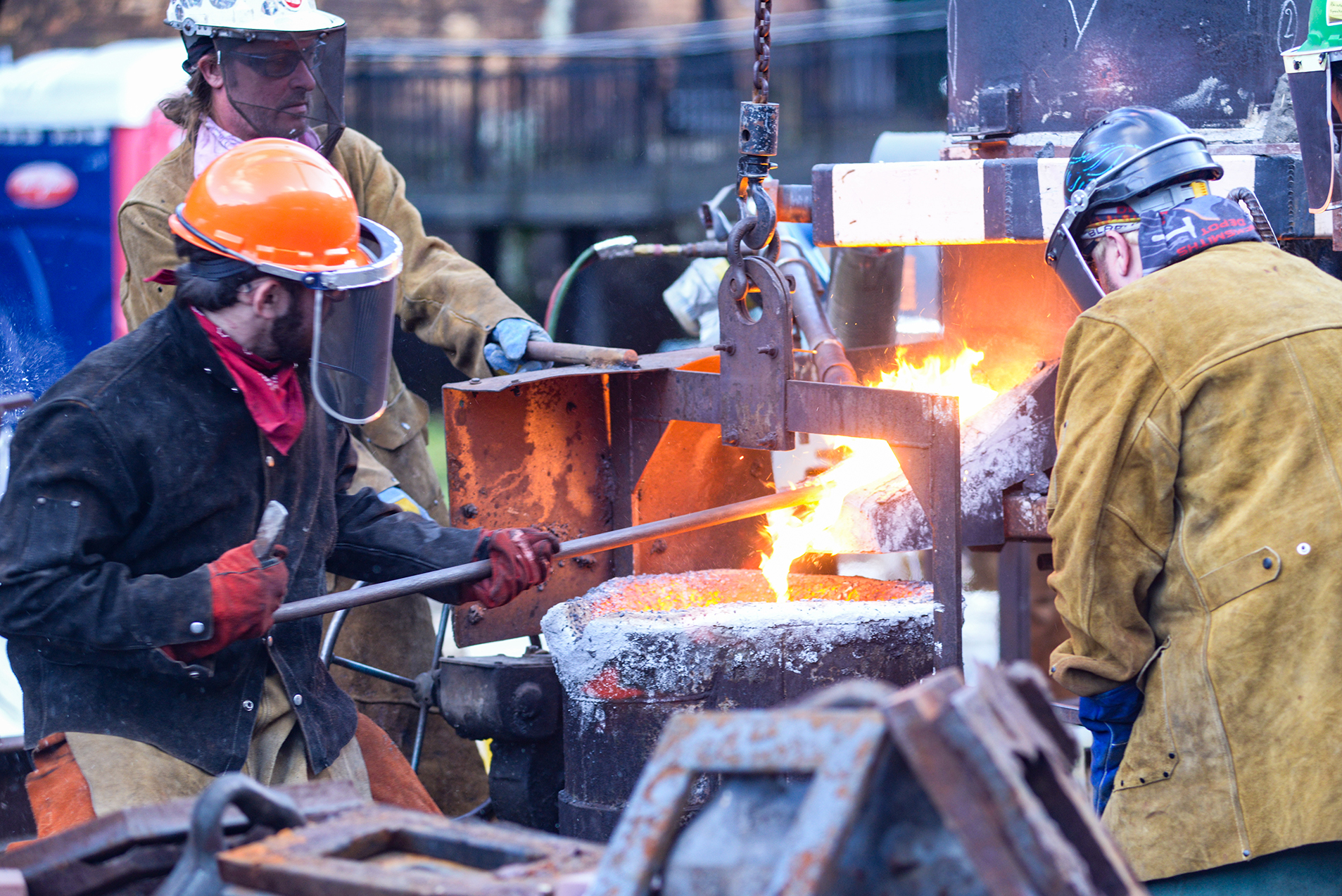
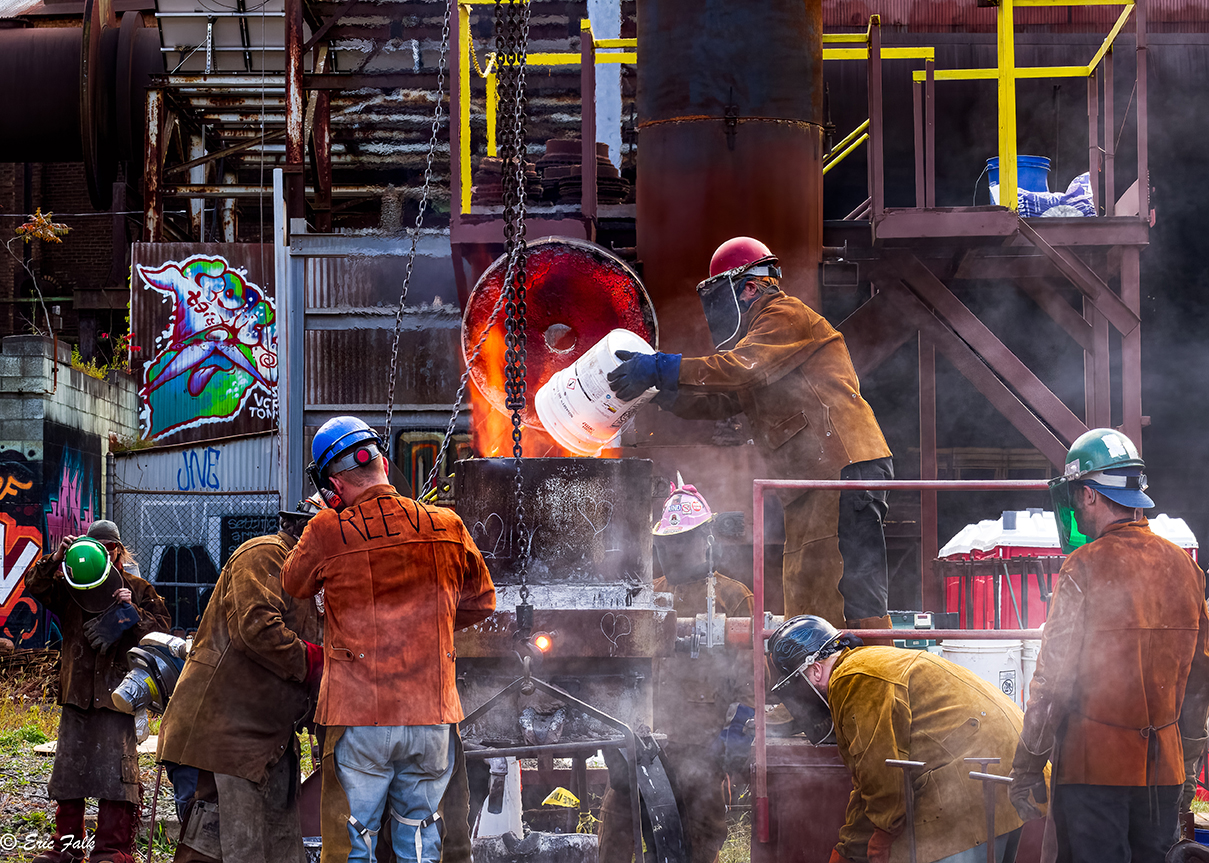 What You’ll Find Beyond the Flames
What You’ll Find Beyond the Flames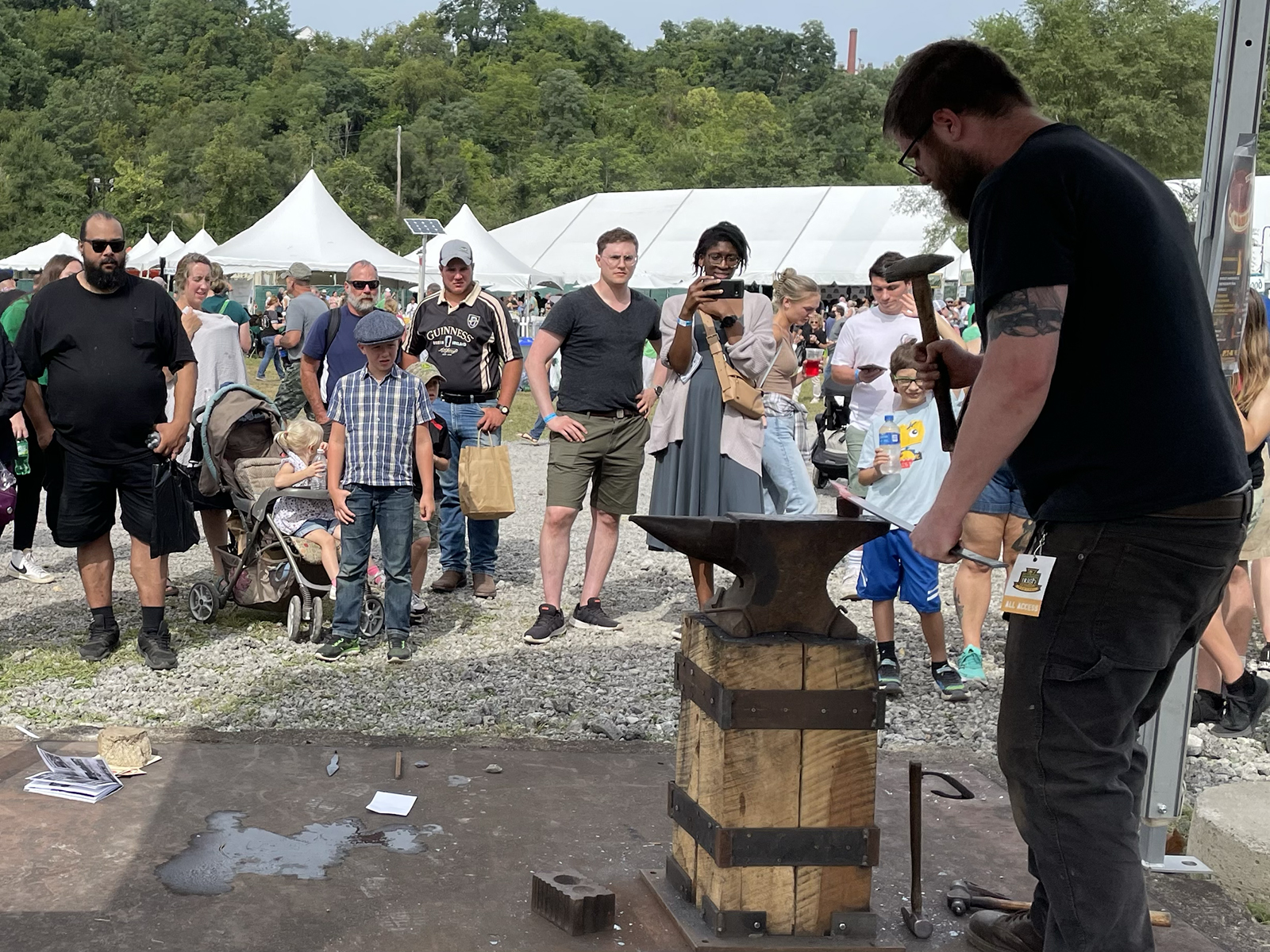 A First Festival for Rivers of Steel’s New CEO
A First Festival for Rivers of Steel’s New CEO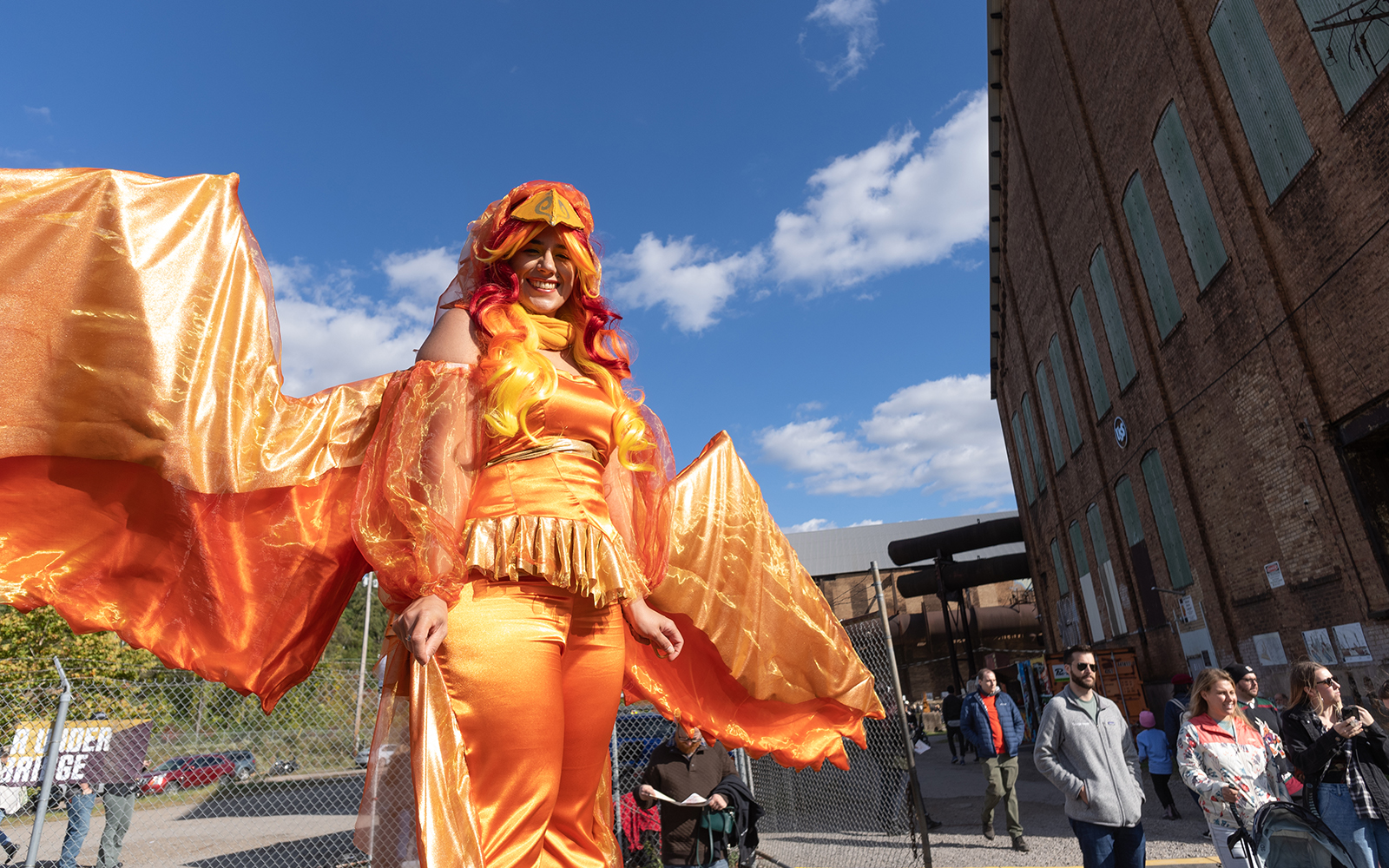 The Festival of Combustion 2025 is made possible thanks to our sponsors:
The Festival of Combustion 2025 is made possible thanks to our sponsors: 